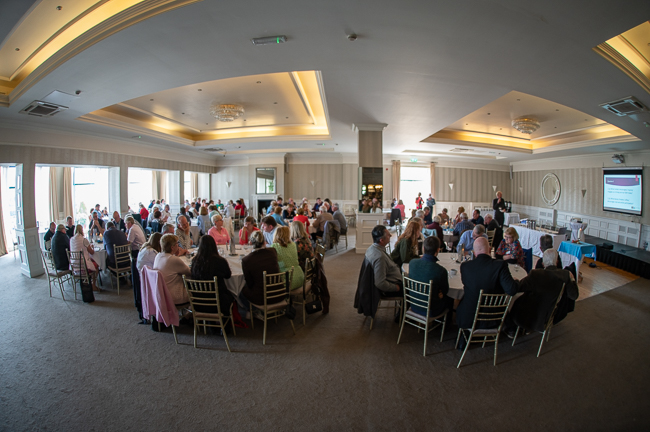I had an opportunity a few days ago to visit Dublin with a couple of friends. Part of the treat was to follow the trail of a nineteenth century sculptor who was born in Waterford but grew up in Cork and learned his craft in Rome.
John Hogan was born in 1800 but was moved to Cork as a young boy when his father moved to find work. Hogan was educated in Cork and then apprenticed to a law office until he got bored! Then he moved to the studios of then famous architect Thomas Deane as an apprentice draughtsman. This term ended in 1820 but by then he was gaining a reputation for his wood carvings. In 1821, the Bishop of Cork John Murphy employee him to carve a series of apostles and saints in wood as well as a marble front-piece for the altar of the refurbished Cathedral of St. Mary and St. Anne, Cork.
An appeal was made for funds to enable this gifted young man to go to Italy to study. A meagre fund was raised but he managed to go. Sadly for Hogan, at the time that he was at the peak of his career, Ireland was in the midst of its greatest darkest — the Great Hunger (1845–1852) and Ireland’s capacity to fund his work was limited. For example, he had hoped that the church near where he grew up — St. Finbarr’s Church, Cork (South Parish) — would be the first to have his carving entitled “The Dead Christ” but, sadly, it wasn’t to be as they couldn’t afford it. Instead, it was bought by the Carmelite Church in Clarendon St., Dublin. A later version of the same work was installed in the South Chapel.


Hogan’s vision of a new and resurrected Ireland echoed the vision of one his heroes, Daniel O’Connell, who had championed the cause of Catholic Emancipation and Repeal of the Act of Union (1801). O’Connell’s allies commissioned from Hogan a statue to honour their leader. It is one of three amazing statues by Hogan which now stand in the foyer of Dublin’s City Hall. (Sadly, there’s no acknowledgement of their creator there.)



More about Hogan here.
